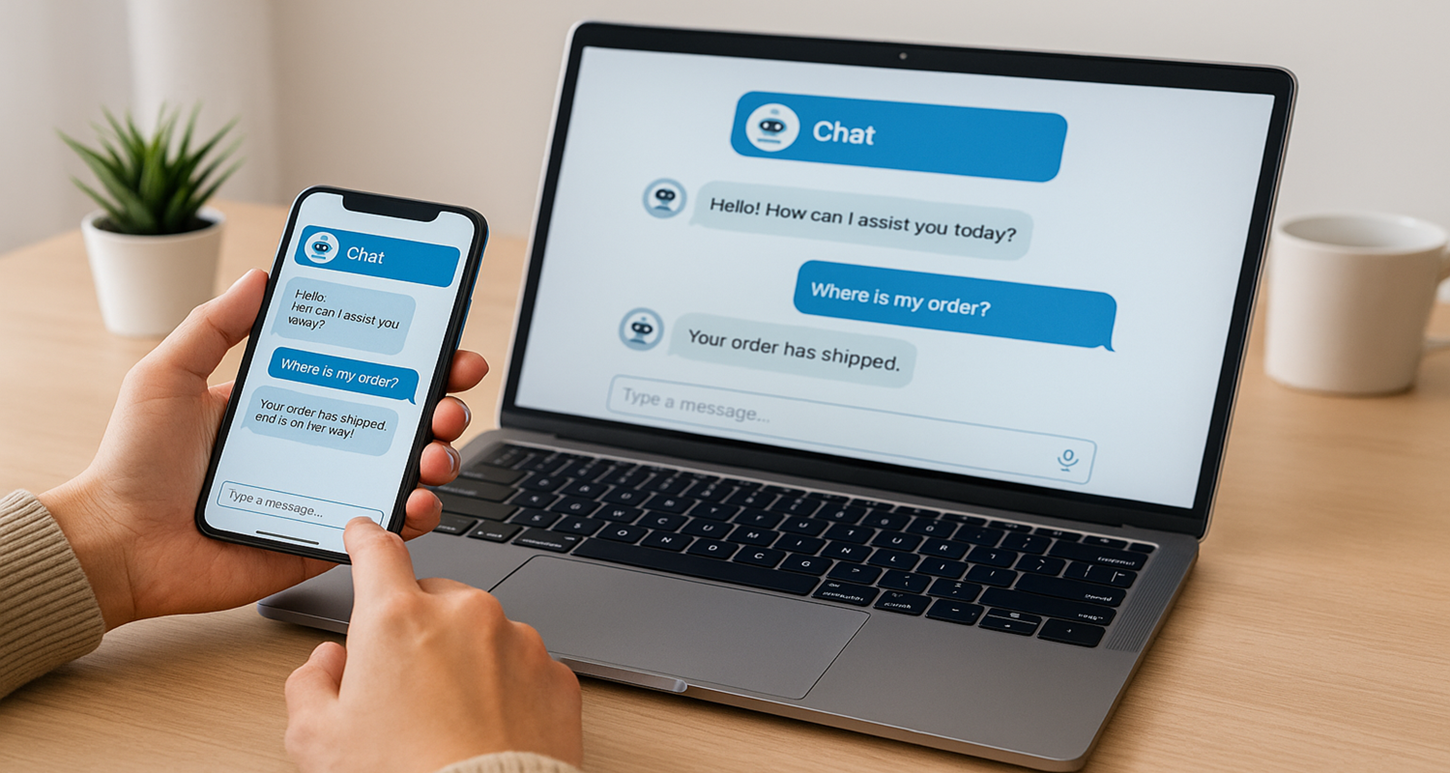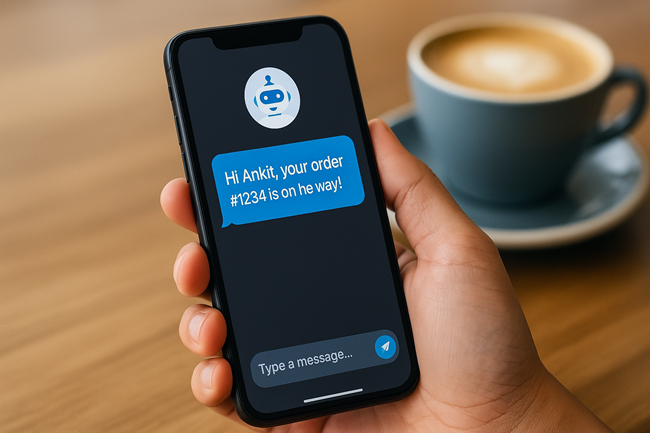
What Customers Want from AI Chatbot Customer Service
What Your Customers Really Want from AI Chatbot Experiences in 2025
Most businesses look at chatbots as a way to save time.
But in 2025, your customers see them differently. For them, it’s about getting help quickly, without confusion, and not feeling like they're just talking to a machine.
This is why AI chatbot customer service is no longer just a backend tool. It’s part of your brand experience.
Let’s explore what users actually expect when they chat with your AI — and how to deliver that.
1. Fast Replies That Don’t Feel Robotic
Customers don’t expect your chatbot to act like a person — but they do expect it to be helpful.
They want replies that make sense, not just copied scripts. Simple questions like “Where is my order?” or “How do I cancel?” should be answered without delays.
Tools like vCX and DesksterAI are built exactly for this — quick, clean responses across platforms.
2. Personalization That Feels Real
When someone types “Hi,” the bot should know their name, last order, or support history — not ask them to repeat things.
This kind of experience matters. Customers feel seen.
With AI-powered chatbot flows, personalization becomes automatic — based on actions, preferences, and history.
3. Easy Access Across Channels
Customers don’t care if they’re chatting on WhatsApp, your website, or email. They just want the issue solved.
This is why omnichannel customer service is key. A good AI system should keep the chat history and context, no matter the channel.
With tools like Versalence vCX, you can connect WhatsApp, Messenger, and web chat — all in one place.
4. A Way to Talk to a Real Person (When Needed)
Yes, AI helps. But customers also want the option to speak to a human when something feels complicated.
The best chatbots don’t pretend they can do everything. They know when to transfer the chat — and do it smoothly.
5. Emotionally Intelligent Chatbots
In 2025, chatbots are evolving beyond transactional interactions to become emotionally intelligent. By integrating advanced sentiment analysis and natural language processing, chatbots can detect user emotions and adjust their responses accordingly. This capability enables more empathetic and human-like interactions, fostering deeper customer engagement and trust.
Example: A customer expressing frustration over a delayed order can receive a compassionate response acknowledging their inconvenience, followed by proactive solutions, rather than a generic reply.
6. Voice-Enabled Interactions
With the proliferation of voice-activated devices, incorporating voice capabilities into chatbots is becoming essential. Voice-enabled chatbots offer hands-free convenience and cater to users who prefer speaking over typing. This feature enhances accessibility and provides a more natural conversational experience.
Example: A user can verbally inquire about their account balance or place an order through a smart speaker, receiving immediate and accurate responses from the chatbot.
Final Thoughts: Make Your Chatbot Useful, Not Just Smart

Customers aren’t looking for the flashiest chatbot. They just want one that helps, remembers, and connects.
With the right tools and setup, your AI chatbot customer service can actually build trust — not frustration.
To give your users what they truly expect, start with platforms that blend automation with experience. Visit Versalence.ai and explore how we help businesses do just that.
1. What is omnichannel customer service and why does it matter in 2025?
Omnichannel customer service means providing consistent support across platforms like WhatsApp, Messenger, live chat, and email. In 2025, customers expect seamless transitions without repeating themselves — and that's where smart AI chatbot customer service plays a crucial role.
2. How are chatbots in Messenger transforming user experience?
Chatbots in Messenger allow businesses to instantly assist customers right where they are — without switching apps. These chatbots can handle queries, track orders, and even upsell, making them a powerful part of any modern customer engagement strategy.
3. What is the role of workflow automation software in chatbot services?
Workflow automation software helps chatbots execute tasks like ticket creation, status updates, or order lookups automatically. This reduces manual workload and ensures faster response times in customer service chatbot systems.
4. How does an AI chatbot customer service system personalize support?
AI chatbot customer service uses machine learning to understand customer history, preferences, and behavior. This allows chatbot services to greet users by name, recall past conversations, and offer tailored solutions — creating a more human-like and efficient experience.